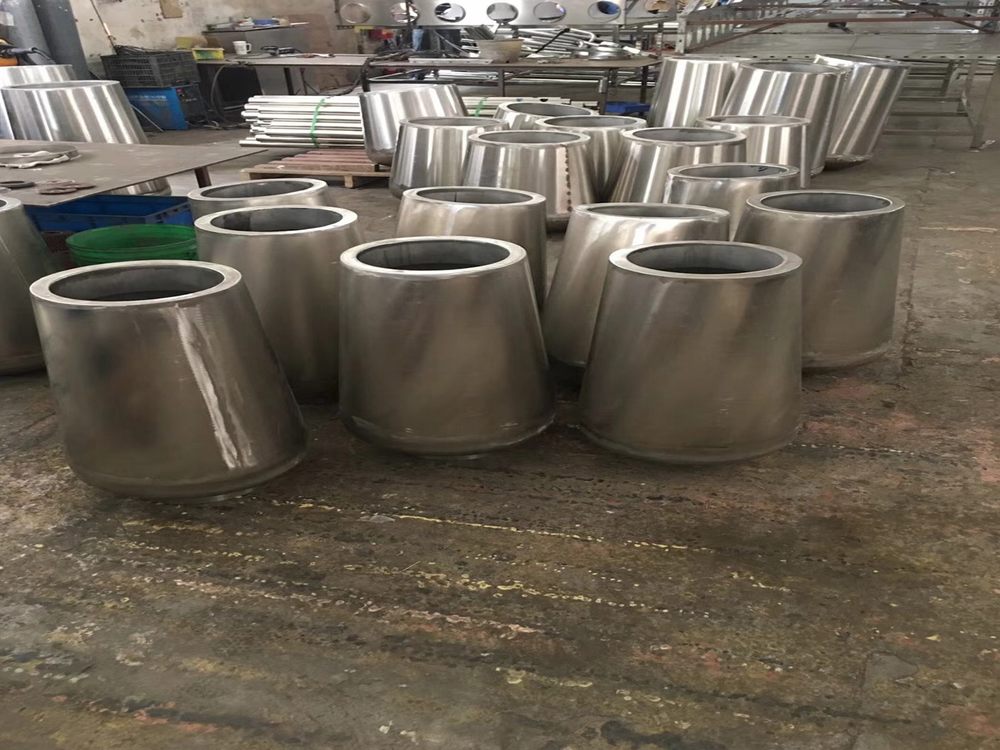
Bronze sculptures have long been a medium for artists to delve into the complexities of the human condition and existential themes. The durability and malleability of bronze allow for intricate detailing, making it an ideal material to capture the nuances of human emotion, struggle, and transcendence.
Artists often employ bronze to depict figures in moments of contemplation, despair, or triumph, symbolizing universal experiences such as mortality, identity, and purpose. For instance, Auguste Rodin’s "The Thinker" embodies philosophical introspection, while Alberto Giacometti’s elongated figures evoke isolation and the fragility of existence.
Beyond form, the patina and texture of bronze add layers of meaning, reflecting the passage of time and the wear of life’s challenges. Through these sculptures, artists invite viewers to confront their own existential questions, creating a timeless dialogue between art and humanity.
By blending technical mastery with profound themes, bronze sculptures become more than art—they are mirrors of the soul, offering insights into what it means to be human.

